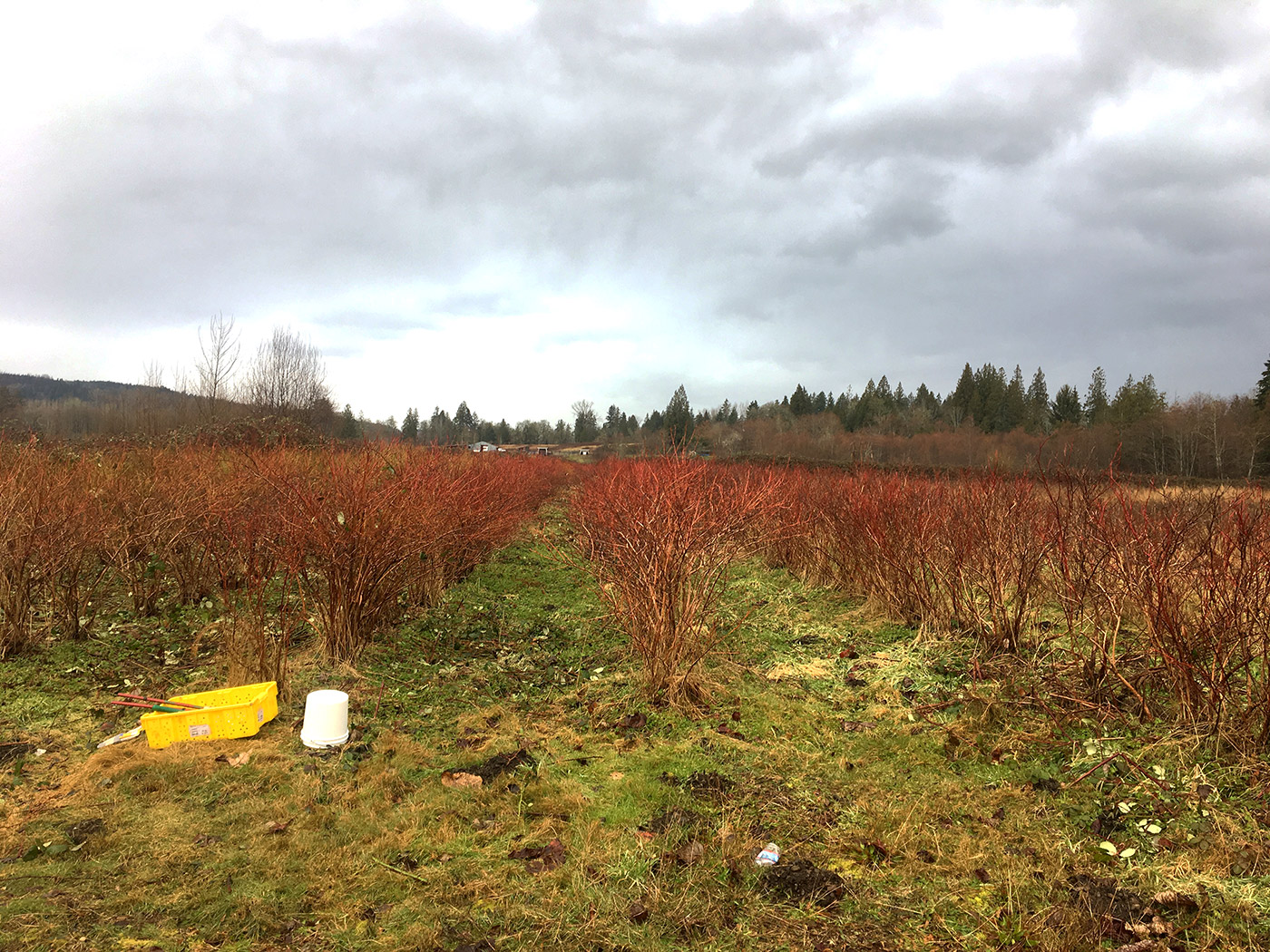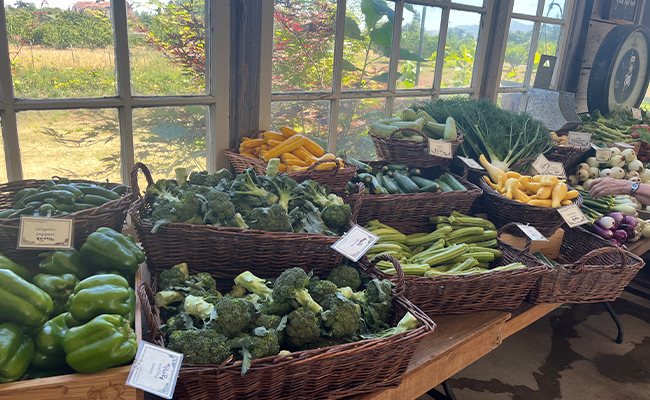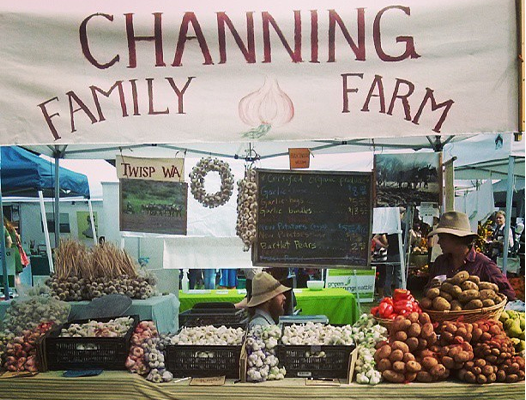A Song for Spring
Farm News
As we embark on our 21st farming season here in the Pacific Northwest, February days are one of the true signs we have of early spring as day length increases by leaps and bounds. Although February is the shortest month by days, it has an increase of two hours of daylight that will significantly set the trend all the way to culminate on Solstice, June 21. February 1 starts with nine hours and 38 minutes of daylight growing to 11 hours and five minutes by February 28, an enormous jump and a welcome change from the still cold and grey winter days.

As we walk the fields, there is a reverie, a kinship held by all “the days are getting longer!” It has been declared by a deafening chorus that this recent cold and snow could be the last one we will see in the Carnation Valley. How do we know this – by virtue of the North Pacific Tree Frogs also known as the Chorus Frogs and their thunderous and piercing croaks that mating season is officially underway. In late winter and early spring, riparian spots like ours are still flooded fields ranging from Northern California up the West Coast of British Columbia and stretching from sea level inland to 10,000 feet. These areas will provide habitat for these insectivorous amphibians as they begin a 2-5-month long mating, laying of eggs and metamorphosis of tadpole season. As the days increase on average one to two hours a month to an almost 16 hours of daylight by the end of June, the frogs will have a frenzied reproductive cycle. The sounds of these amazing creatures are a sure sign we are being ushered into a new farming season.

As Pacific Northwest farmers, we will embark upon our own amazing, wild and hectic journey generally March through November, but the critical months of February through June often yield 12-16 hour days as we are seeding, transplanting, preparing fields for planting, all the while beating back the onslaught of weeds. By the time we get to July, most of our days are still long and dominated by harvest and a smaller push for fall plantings. Many of the vegetables we grow like kale, chard, collards, carrots, fennel, lettuce and broccoli will have a chance to be planted and harvested 4-5 times from April to October, but some crops like cucumbers, summer and winter squash, garlic, potatoes, celeriac, celery, parsnips and radicchio will only be planted once and require the longer days and extensive daylight growing prior to the solstice for a successful crop. As the snow and cold dissipate and our seeds start to arrive, we will cheerfully begin our farming season in the beautiful, 114-year-old barn, filling trays with soil mix and dropping seeds delicately into the cells to be our first flush. As always, this ritual will begin with flowers. Every year the perennial flowers we grow require 120-160 days of maturation far longer than most of our vegetable crops. These wonderful flowers will help our local pollinators in setting the stage for a hopeful and prosperous season.
Enjoy your box this week! – Wendy



Leave a Reply